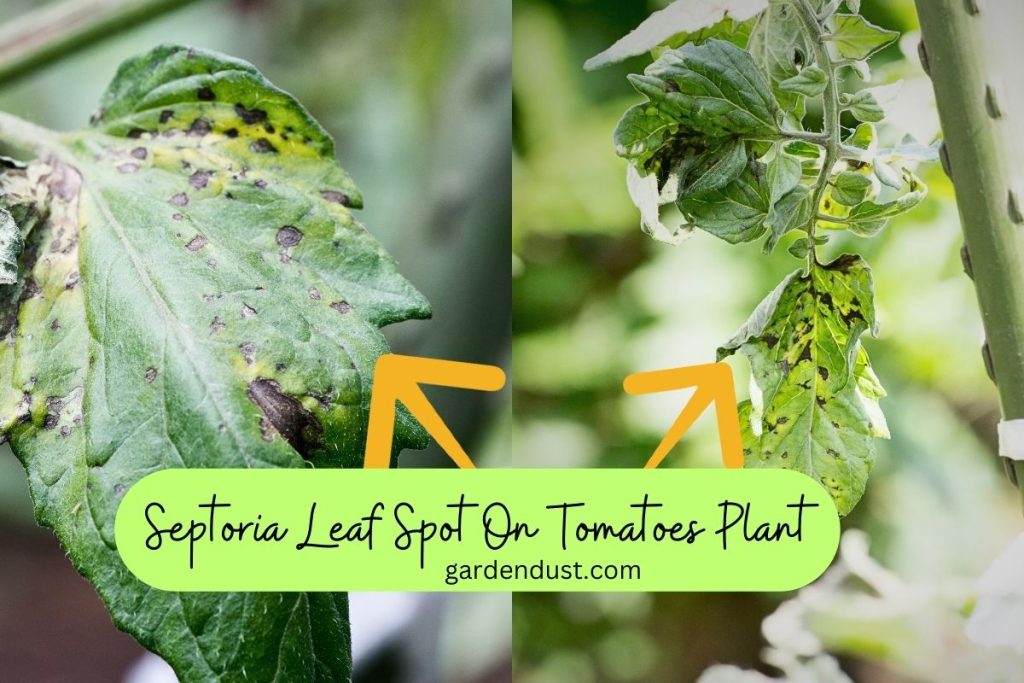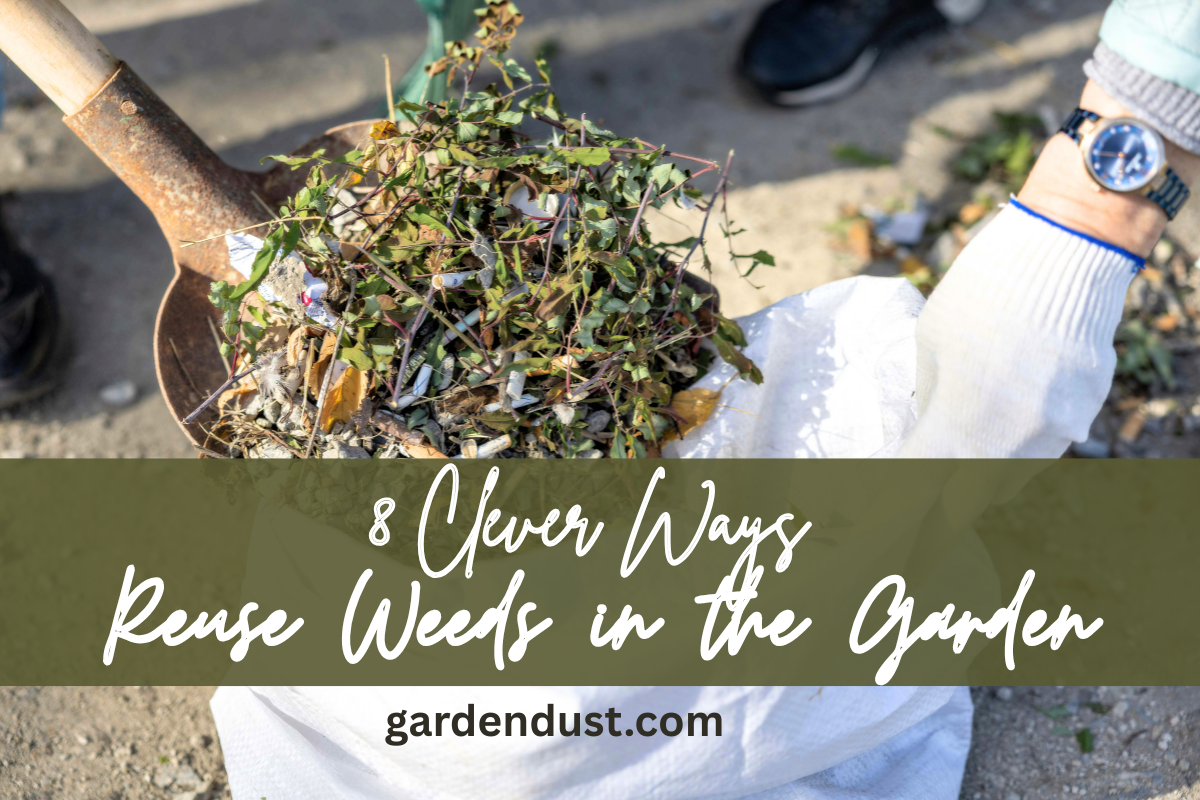Septoria Leaf Spot is a fungal disease that commonly affects tomato plants, causing significant damage to the foliage and reducing overall plant health. In this article we will discuss detail about Septoria Leaf Spot On Tomatoes Plant along with symptoms ,cause and prevent of Septoria Leaf Spot. Let’s delve into each aspect:
Symptoms
The symptoms of Septoria Leaf Spot typically appear on the lower leaves of the tomato plant and progress upward as the disease spreads. Key symptoms include:
- Small, dark spots with lighter centers: Circular or oval-shaped spots with dark brown or black margins and lighter tan or gray centers develop on the leaves. These spots often have a characteristic yellow halo surrounding them.
- Leaf yellowing and browning: As the disease progresses, the spots enlarge and cause the affected leaves to turn yellow and eventually brown. Severely infected leaves may drop prematurely, leading to defoliation.
- Lesions on stems and petioles: In addition to the leaves, Septoria Leaf Spot can also cause lesions on the stems and petioles (leaf stems) of the tomato plant. These lesions may appear as dark, sunken areas.
What are Causes of Septoria Leaf Spot?
Septoria Leaf Spot is caused by the fungal pathogen Septoria lycopersici. The disease spreads through spores that are released from infected plant debris, soil, or nearby infected plants. The following factors contribute to the development and spread of the disease:
- Warm and humid conditions: High humidity and warm temperatures create favorable conditions for the growth and spread of Septoria Leaf Spot. The disease tends to be more prevalent during periods of prolonged leaf wetness.
- Splash dispersal: Water splashing onto the leaves from rain or overhead irrigation can help spread the fungal spores from infected plant debris or soil to healthy leaves.
- Poor air circulation: Dense foliage or overcrowded planting can restrict air movement, creating a humid microclimate that promotes the growth of the pathogen.
Read Also:-Understanding Root Rot: Causes, Symptoms, Prevention, and Treatment
How To Prevent For Septoria Leaf Spot?
While it may not be possible to completely cure an infected plant, several measures can help manage Septoria Leaf Spot and reduce its impact:
- Crop rotation: Practice crop rotation by avoiding planting tomatoes or other susceptible plants in the same location for at least two to three years. This breaks the disease cycle and reduces the chances of reinfection.
- Proper plant spacing: Provide adequate spacing between tomato plants to ensure good air circulation, which helps reduce humidity and minimize the spread of the disease.
- Remove and destroy infected leaves: Regularly monitor your plants and promptly remove any infected leaves, especially those near the ground. Dispose of the infected plant debris properly to prevent the spread of the disease.
- Mulching and watering techniques: Apply a layer of organic mulch around the base of the plants to prevent soil splash and reduce the chances of fungal spores reaching the foliage. Avoid overhead watering and instead water at the base of the plants to minimize leaf wetness.
- Fungicide application: In severe cases, fungicides can be used as a preventive or curative measure. Apply fungicides containing copper or chlorothalonil according to the manufacturer’s instructions. Begin applying fungicides when the first signs of the disease appear and continue on a regular schedule.
Final Thought
Septoria Leaf Spot can significantly impact the health and productivity of tomato plants. While it may not be possible to completely eradicate the disease, implementing preventive measures such as crop rotation, proper plant spacing, removal of infected leaves, and practicing good watering techniques can help manage Septoria Leaf Spot effectively. By taking these steps, you can minimize the disease’s impact and promote healthier tomato plants and higher yields. Happy Gardening…






